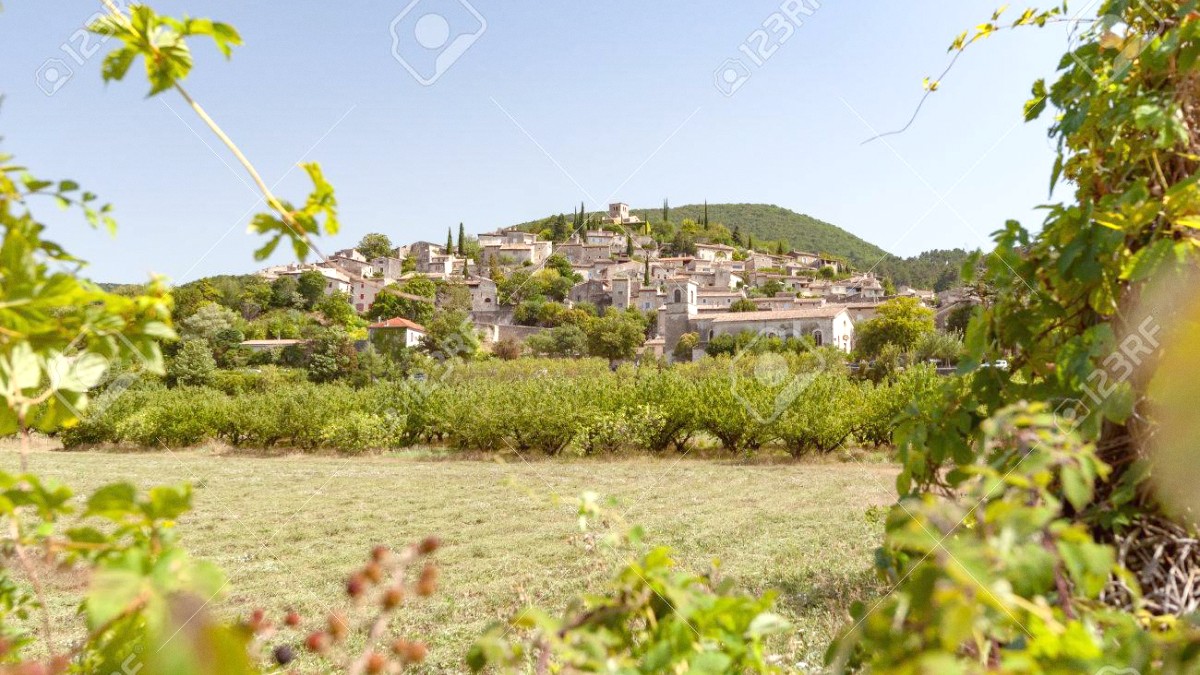
Umbria And Le Marche, Italy
Umbrian cooking highlights the land's bounty. Ingredients include robust olive oil, prized black truffles (especially autumn/winter), and wild boar (cinghiale) often in rich ragù or roasted.
Flavorful Castelluccio lentils contribute to hearty soups, alongside chickpeas and fava beans. Game like rabbit and pigeon appear on menus. Saffron lends distinct color and flavor to dishes.
Lunch (pranzo) 1:00 PM - 2:30 PM. Dinner (cena) 7:30 PM - 9:30 PM or later. Many restaurants close from 3:00 PM - 7:00 PM. Plan accordingly.
A "coperto" (cover charge per person) or "servizio" (service charge) may appear on your bill. This represents standard practice in Italy.
Espresso is common, consumed quickly while standing at the bar. Cappuccino is a breakfast drink. Bread comes with meals, for sauces, not typically with olive oil unless requested.
Try Strangozzi al Tartufo Nero (Umbrian pasta with black truffle), Cinghiale (wild boar ragù or roasted), and Porchetta (savory pork roast, great in a sandwich).
Also Lenticchie di Castelluccio (flavorful lentils in soup) and Faraona alla Ghiotta (guinea fowl).
Look for porchetta sandwiches or various focaccia. Small bakeries ("forni") sell "pizza al taglio" (pizza by the slice), a budget-friendly option.
Try Rocciata (sweet pastry with apples, nuts, dried fruit) or Tozzetti (hard almond biscuits) with Vin Santo.
Umbria's important wine region offers Sagrantino di Montefalco (red) and Grechetto (white). Local olive oil is a must-try with bread.
Consider visiting an olive oil mill for a tasting.
Often selling local cured meats.
Specialized shops for cured pork products, especially from Norcia.
Vegetarian options are relatively easy due to Umbria's vegetables, legumes, and pasta. Vegan options may involve careful inquiry to remove cheese or butter. Halal and Kosher options are very limited.
Some agriturismos or culinary schools in the Umbrian region offer hands-on Cooking classes focusing on traditional dishes like pasta or truffle menus. Food tours in Assisi or Perugia provide an introduction to local specialties and markets.
Agriturismos often serve meals with farm-grown ingredients, providing an authentic "farm-to-table" experience. Visit an "enoteca" (wine bar) or a vineyard in Montefalco for Sagrantino and Grechetto wines.
Many agriturismos provide meals featuring ingredients grown on their own farm, for an authentic farm-to-table experience.
These offer unique insights into rural life and local flavors.
Visit a local enoteca (wine bar) or a vineyard in the Montefalco area. Taste the renowned Sagrantino and Grechetto wines.
Many restaurants present local olive oil with bread; consider a visit to an olive oil mill.
Perugia hosts this large chocolate festival in October.
Smaller towns feature festivals celebrating truffles, olive oil, or specific wines.
Join a guided truffle hunting excursion, often followed by a themed meal.
Local tourism boards post event schedules for food and wine festivals.
Use translation apps or a phrasebook to clearly communicate dietary restrictions.
"Senza glutine" (gluten-free) is becoming more widely recognized.
For severe allergies, consider carrying an allergy card written in Italian. Research restaurants in advance.
Always inform the staff clearly and politely about any dietary needs.
When buying wine, consider visiting a local Enoteca (wine shop) for expert advice and a broader selection of regional wines.
Umbrian extra virgin olive oil is robust and flavorful. Consider purchasing it directly from an olive oil mill for the freshest product.
A UNESCO World Heritage site, important pilgrimage destination, and masterpiece of medieval art. It comprises Upper and Lower Basilicas, plus St. Francis's crypt.
Dedicated to Saint Clare, featuring her tomb in the crypt. Home to the original San Damiano Cross, which reportedly spoke to Saint Francis.
A majestic medieval fortress high above Assisi, offering commanding panoramic views of the Spoleto Valley and Umbrian landscape.
Sacred art collection and archaeological finds. The crypt preserves the Romanesque church remains.
Located next to Assisi Cathedral.
Collection of Umbrian paintings from 14th-17th centuries.
Offers a regional perspective on art.
Underneath Piazza del Comune, this museum displays remains of Assisi's ancient Roman forum and artifacts.
Within the Basilica complex, this museum displays relics, vestments, and artworks connected to the Franciscan order.
An imposing mountain overlooking Assisi, offering hiking trails, diverse flora/fauna, and panoramic views.
Maintain silence or speak quietly inside sacred spaces, especially the Lower Basilica and crypt. Photography is prohibited in these areas.